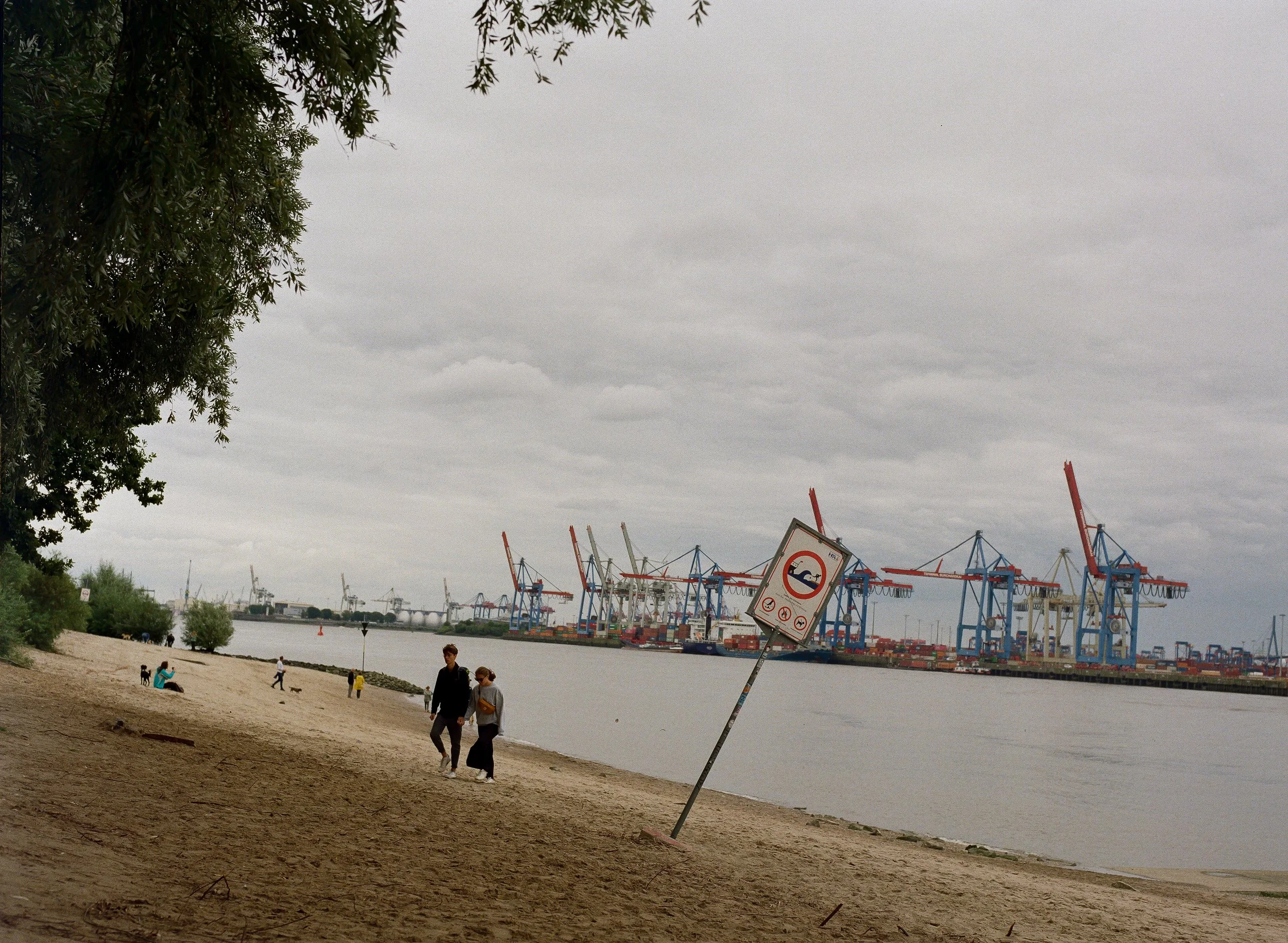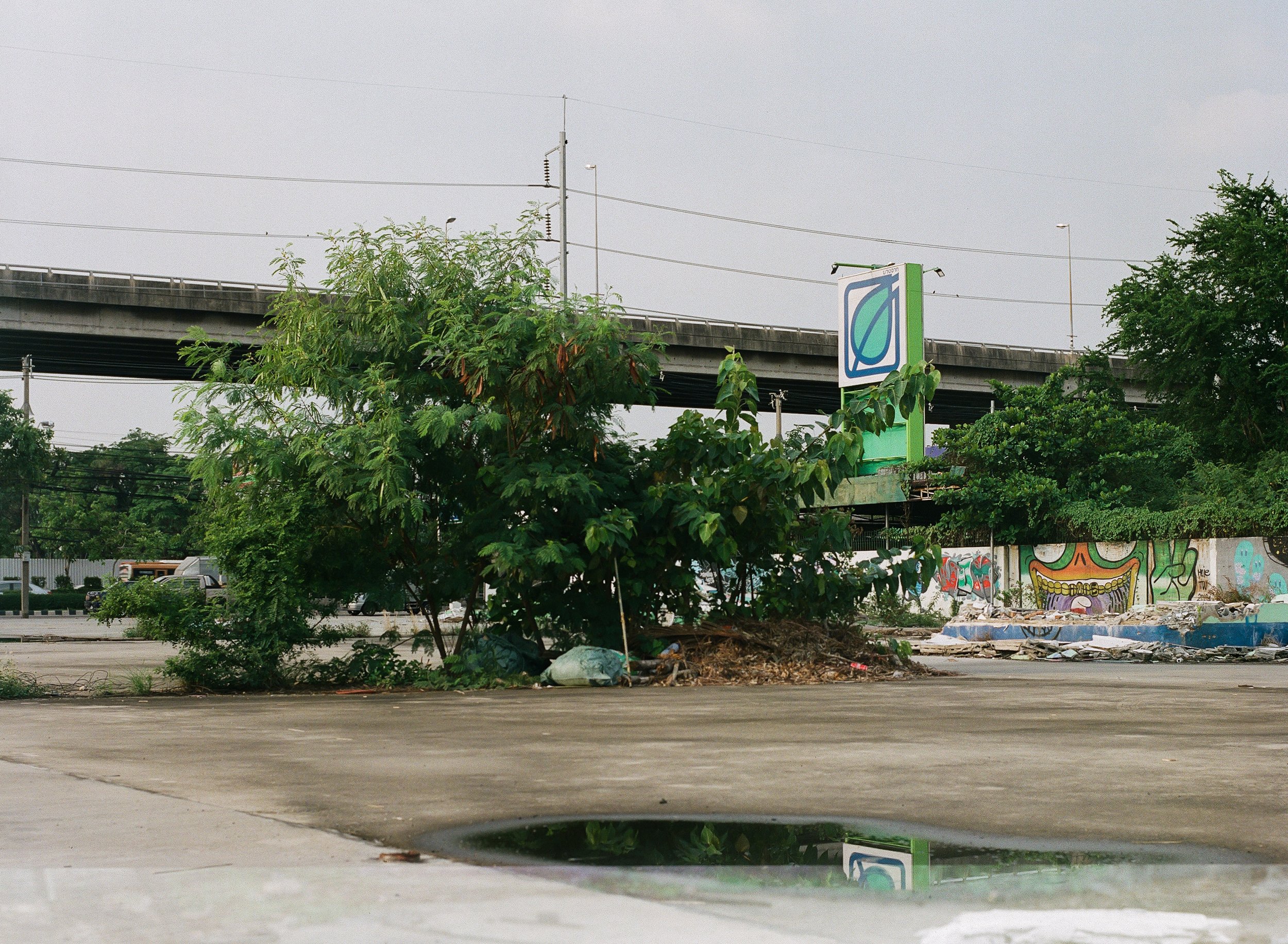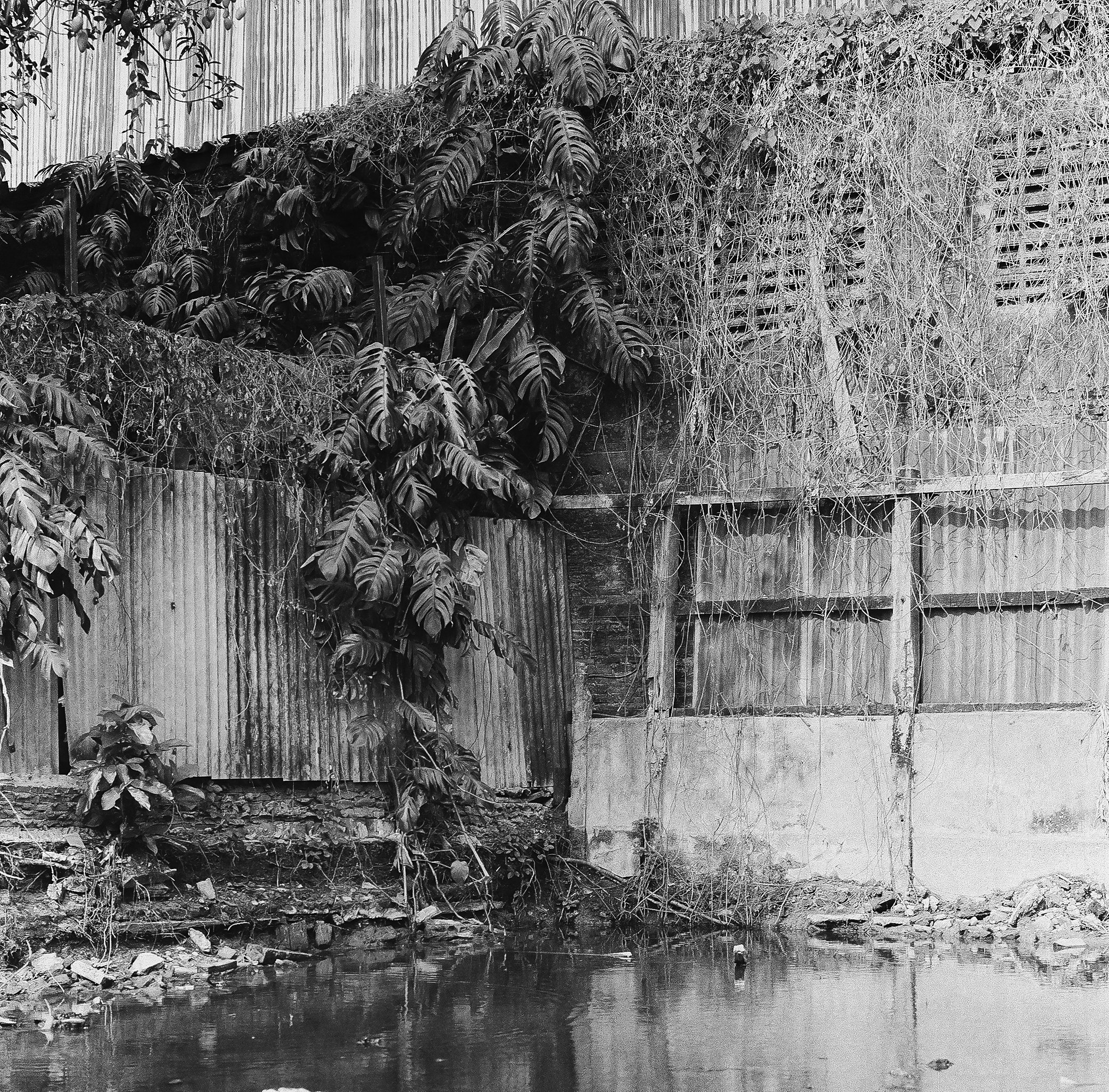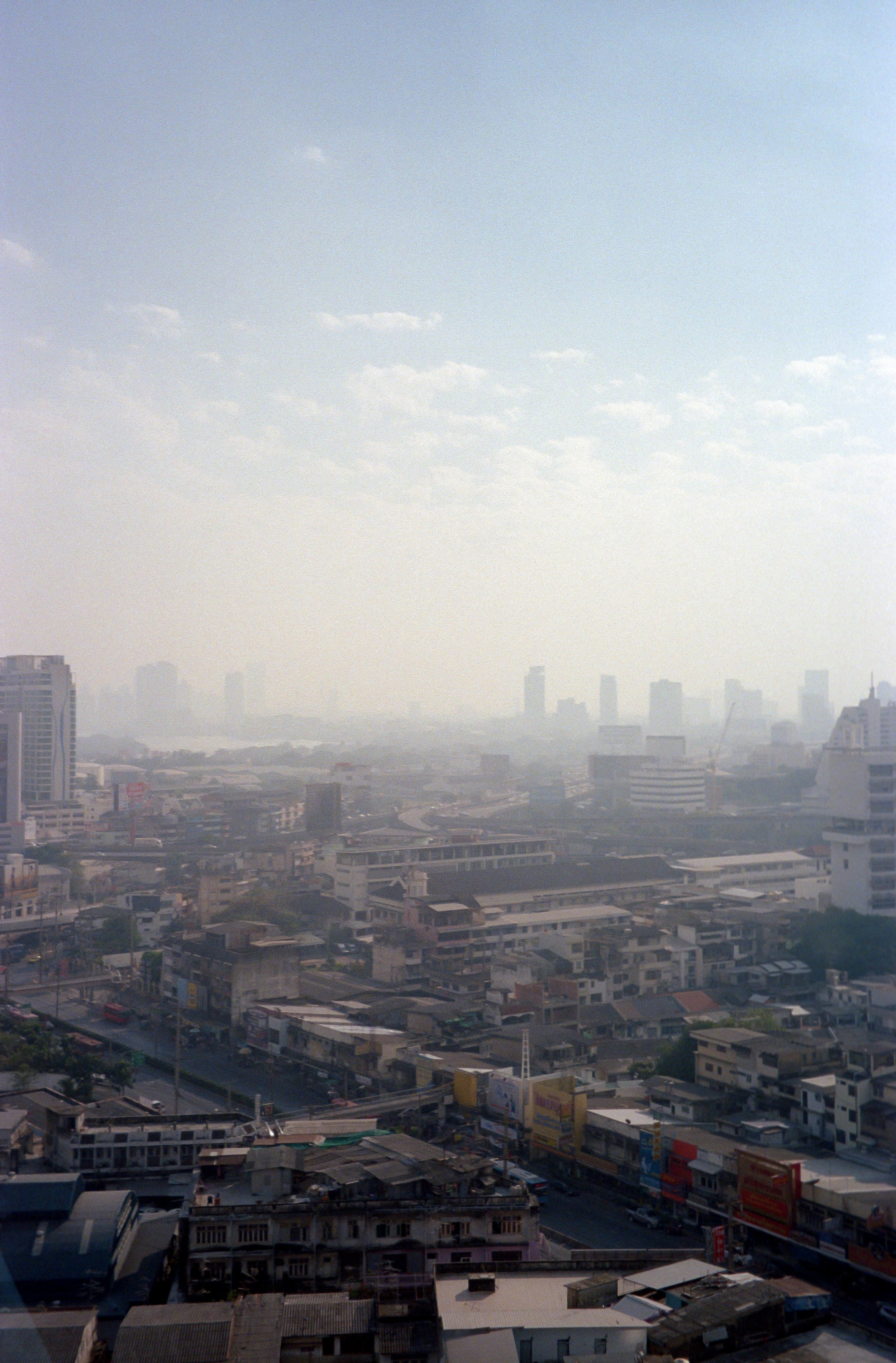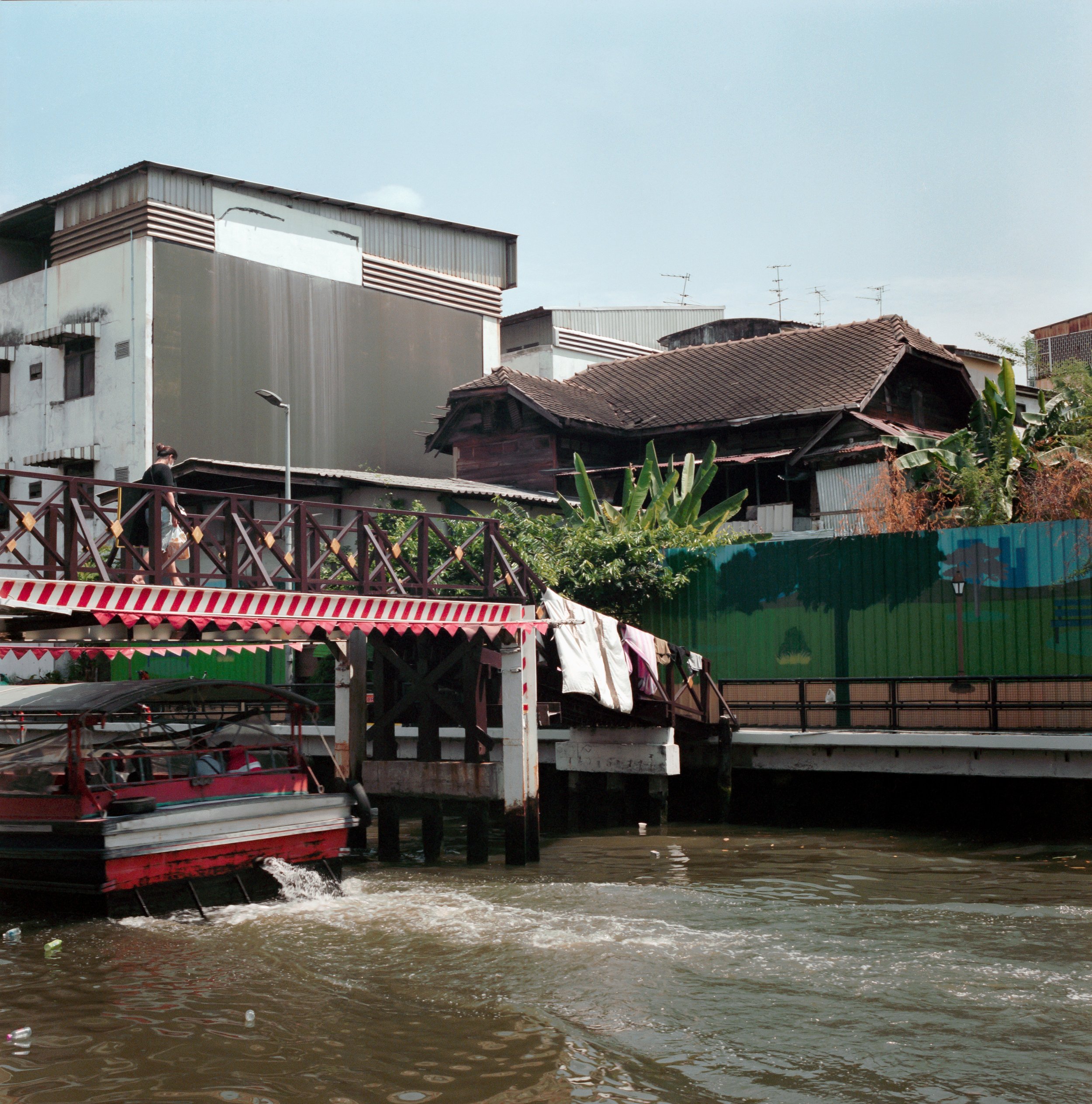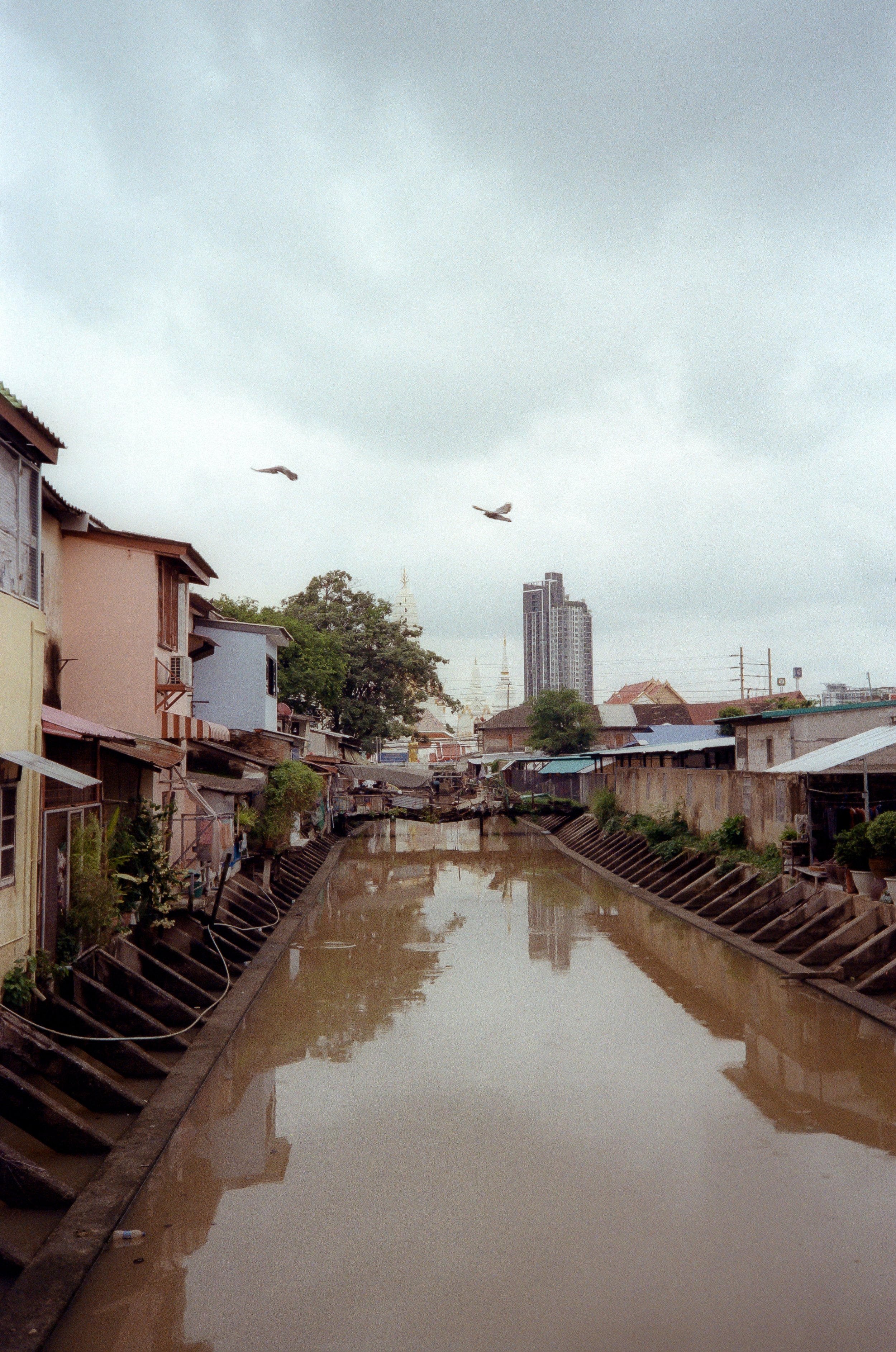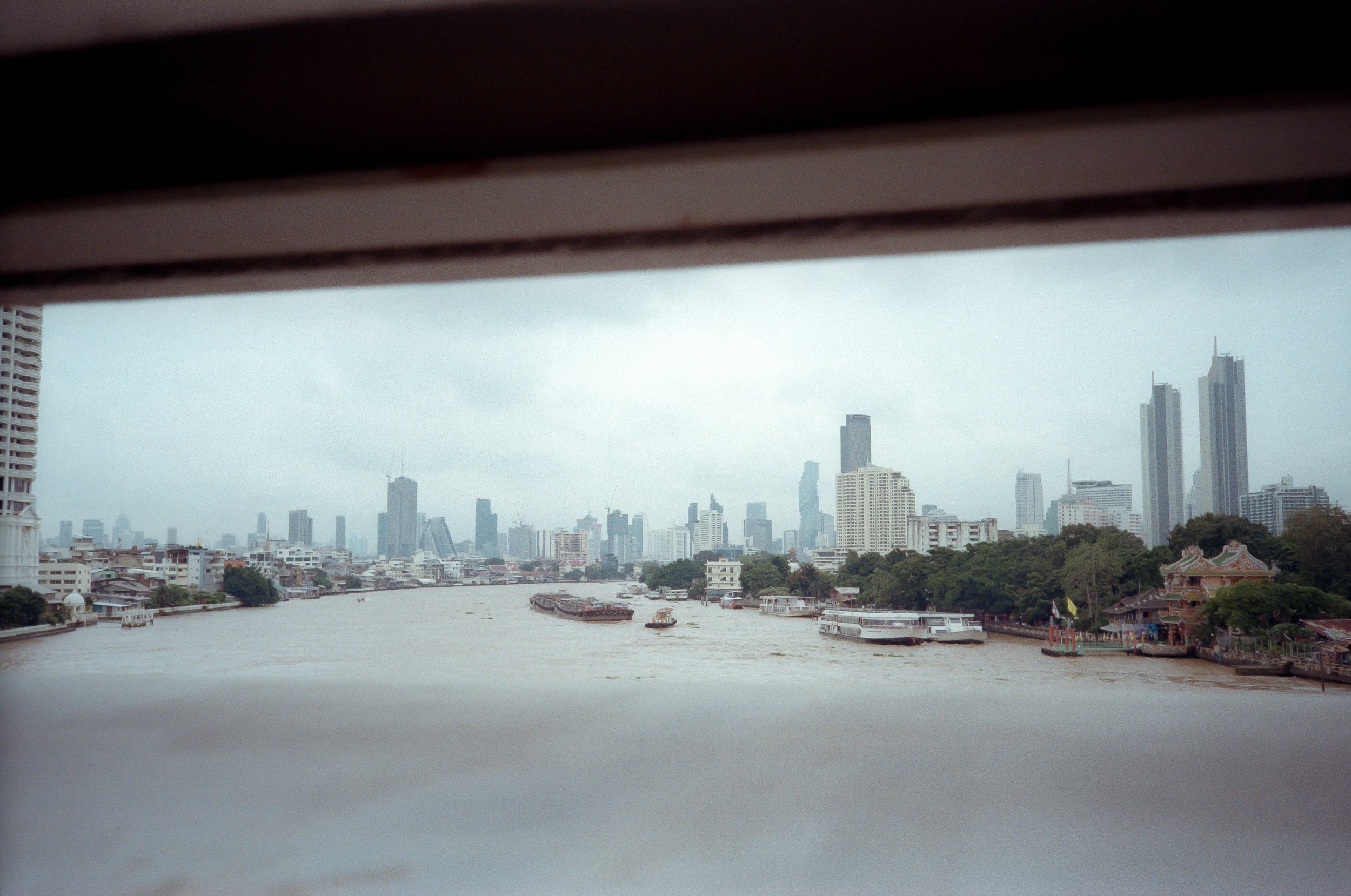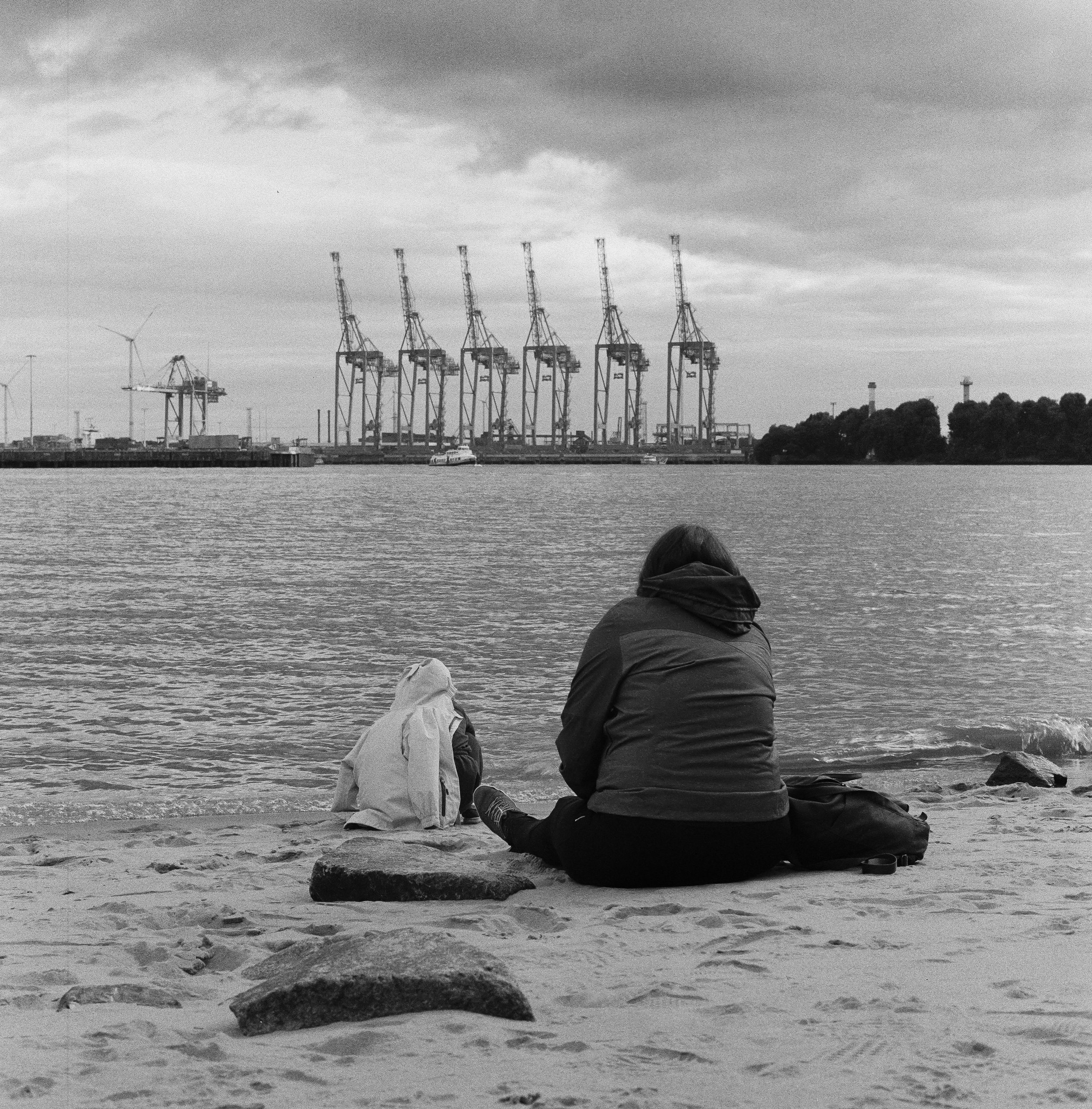
The Unseen Anthropocene
In an era experienced largely through the senses, in particular visual, the major issue of the Anthropocene is that it is not always visible.
The implications of the Anthropocene, be it the current economic system that is capitalism, social injustice, are abstract concepts that serve however as the main structure of the human civilisation. The question of unrepresentability (NB: Jacques Rancière) leads directly to “the way in which political violence may or may not be put into an image.”
The Anthropocene is an epoch largely shaped by the political violence that is, therefore, difficult to be visually represented. To this end, what do we see in the visuality of the Anthropocene?
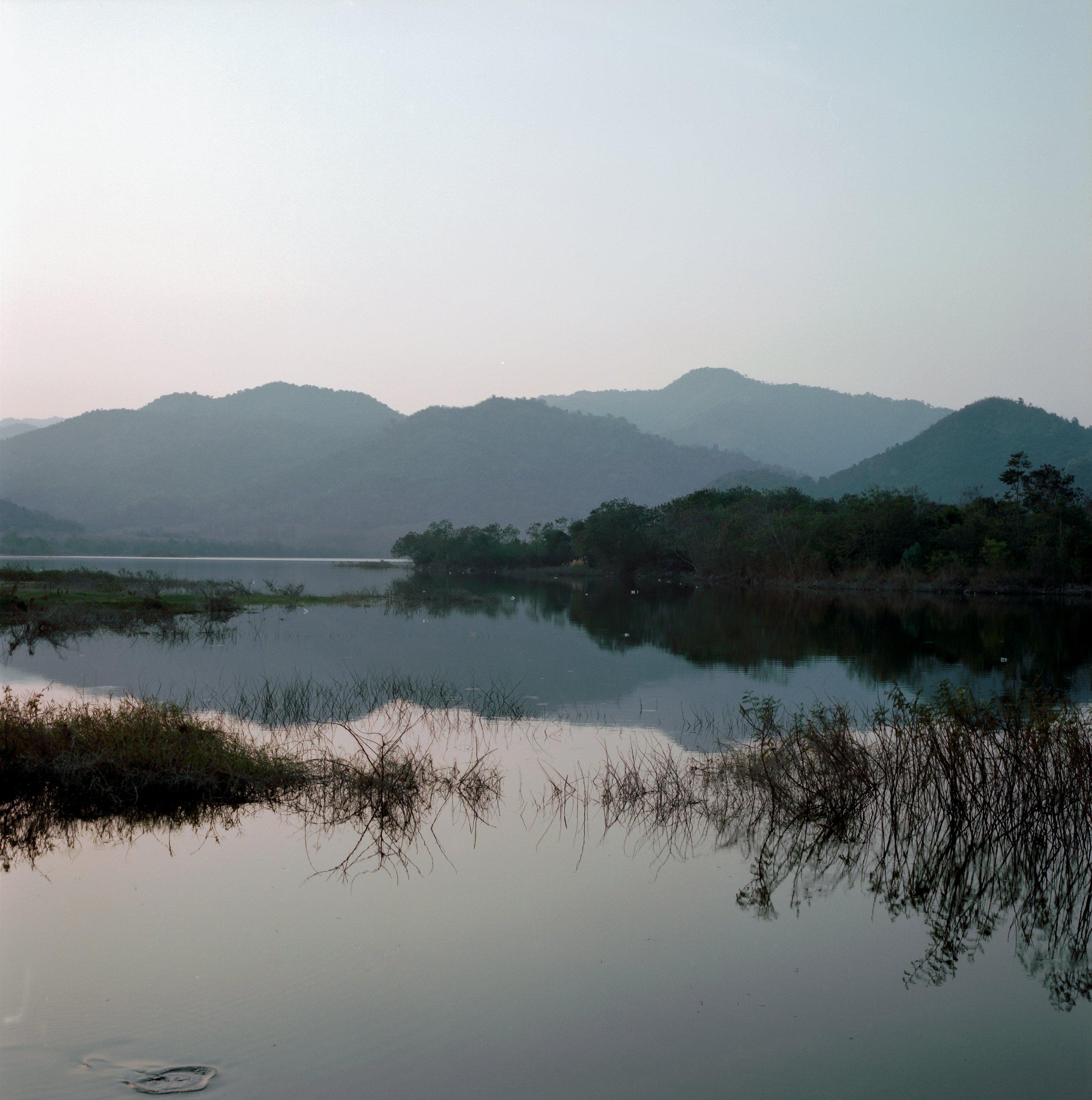
When one talks about “climate crisis”, “environmental damage”, “ecological crisis”, and so forth, what immediately comes to one’s mental image? Perhaps a forest fire, deforestation, funnels filled with smog, landfill, to name just a few. More often than not, the events take place in the “other” parts of the world – Africa, South Asia, or Southeast Asia, for instance. These places, of which imagery is burnt into the public consciousness, are depicted as filled with pollution – air, sound, water. They are instantly associated with the status of a culprit. But this cannot be farther from the truth.
The Anthropocene is a complex time. New terms are being coined and introduced to allow us to grasp the new concepts that come with such complexity. One is “hyperobjects”(1), by Timothy Morton. Picture the image of an iceberg (or that stock image of the iceberg, if you will). What you see in those stock images that are meant to depict the ecological disaster is the tip. They are not the cause. A lot of us know by now what exactly that is to blame, it’s the system, Capitalism to be precise.
Capitalism, of course, entails a plethora of matters of discussion. It means all sorts of social injustice and inequality: exploitation, wage gap, (post-)colonialism, racism, poverty, war, again just to name a few. In this light, because the Anthropocene implies the entire human race as the cause of this geological era, another term was introduced, that is Capitalocene.
(writing en cours – we’ll get a lot further than just Capitalism)
(1) “A hyperobject could be a black hole. A hyperobject could be the Lago Agrio oil field in Ecuador, or the Florida Everglades. A hyperobject could be the biosphere, or the Solar System. A hyperobject could be the sum total of all the nuclear materials on Earth; or just the plutonium, or the uranium.“ (Timothy Morton in Hyperobjects: Philosophy and Ecology after the End of the World) To put simply, a hyperobject means an object that is so vast that it transcends human’s capacity to imagine and/or fathom, climate change is also one of the examples.
